Submitted by Erin Rasmussen on
Often, cooking stoves solutions are limited by the type of fuel that is readily available to the people using it. This is a quick introduction to various cooking fuels, and all of the information has been generously shared by stoves list participants.
 Wood and Wood Chips Wood and Wood Chips |
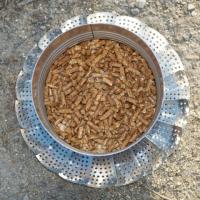 Pellet Fuels (Wood and Other) Pellet Fuels (Wood and Other) |
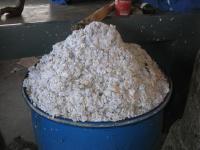 Paper Paper |
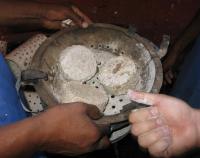 Biomass Briquettes Biomass Briquettes |
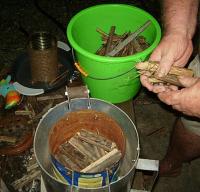 Stick Wood Stick Wood |
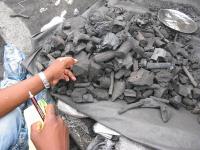 Charcoal Charcoal |
 Grass and Straw Grass and Straw |
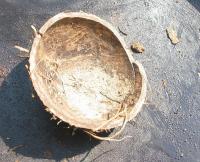 Coconut Palm and Husk Coconut Palm and Husk |
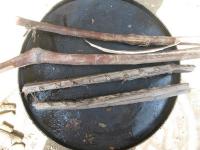 Palm Fronds Palm Fronds |
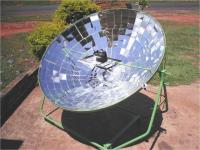 Solar Stoves Solar Stoves |
Light introduction to energy scale and efficiency rate
The amount of energy available in a given fuel, is an important factor in stove selection. For example, one Kilogram’s of charcoal is equivalent to 2 kilogram’s of dried wood and 4 kilogram’s of wet/freshly cut wood. One Kilogram of Kerosene is equivalent to over 5 Kgs of wet wood, 3 Kgs of dried wood and 1,5 Kgs of charcoal
| Energy Value of Various Fuels | |
|---|---|
| Description | Heating Value (MJ/kg) |
| Wet Firewood (60% moisture content) | 8 |
| Cow Dung | 10 |
| Tree Residues (twigs, leaves, etc.) | 13 |
| Agricultural Residues (straw, cotton stalks, etc.) | 13 |
| Air Dried Firewood (20% moisture content) | 15 |
| Densified Briquettes (wheat straw, rice husks, bagasse, etc.) | 16 |
| Oven Dried Firewood (10% moisture content) | 20 |
| Peat | 21 |
| Charcoal | 28 |
| Charcoaled Briquettes | 30 |
| Kerosene | 44 |
| Biogas | 45 |
| Liquid Propane Gas | 46 |
(Fuel values from the UNJLC Cooking Fuel Help Doc (pdf) )
For a more technical presentation, also see the Fuel Composition-Conversion and Equivalence Ratio Diagrams
Simply using the table above, there's a temptation to only choose fuels, from the "higher value" end of the list. However, lower value fuels may be simpler to obtain, have smaller transportation costs, and more cultural acceptance among the groups of people best served by a particular stove.
Use the fuels menu (at left) to see a selection of stove designs and projects indexed by the particular fuels you are interested in.
- Log in to post comments
